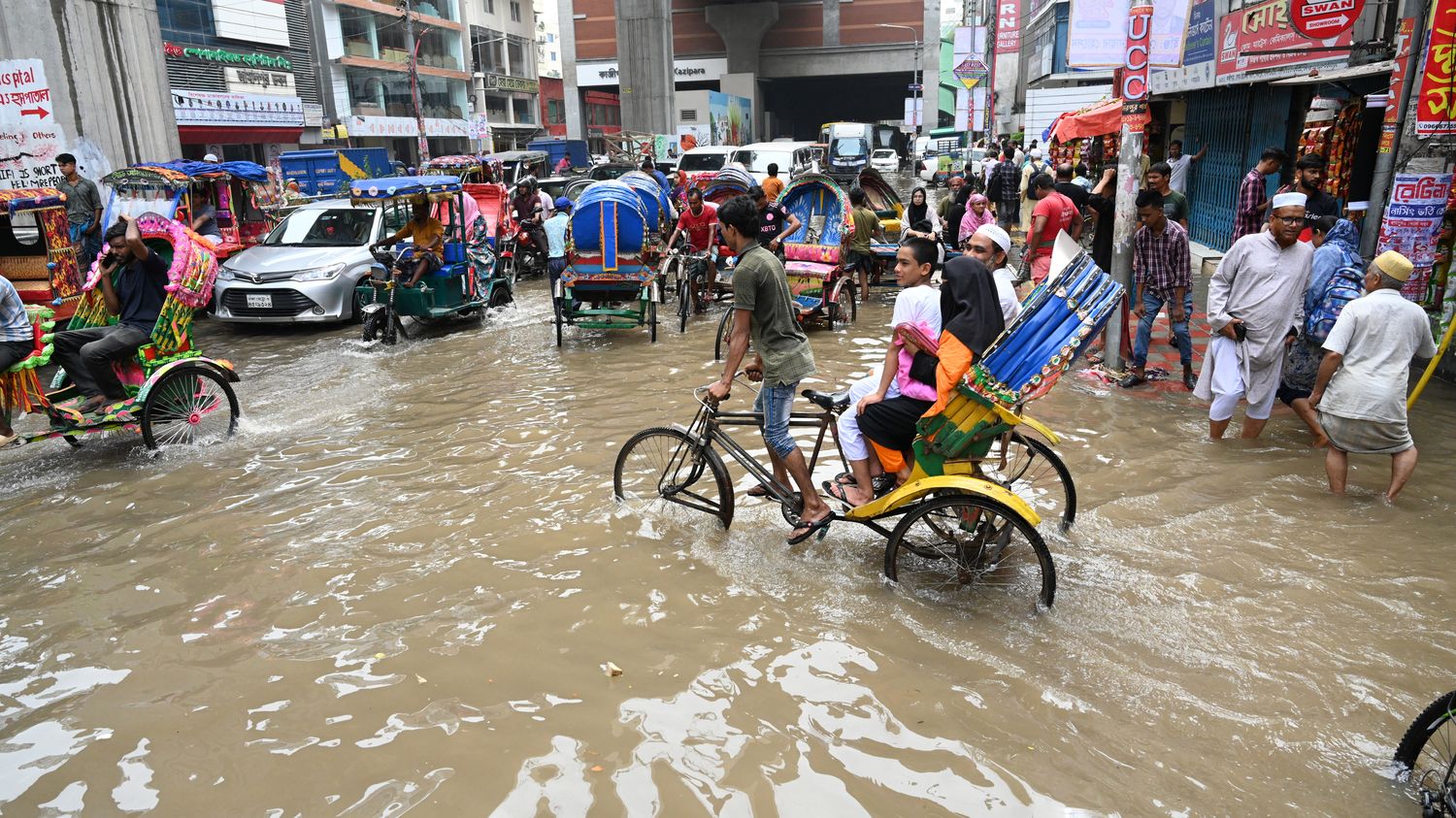Images from space document the disaster that occurred in late August, in which dozens of people died.

Published
Reading time: 1 min

The water is slowly receding, but floods that occurred in late August continue to plague low-lying areas of Bangladesh. Triggered by heavy monsoon rains, the phenomenon claimed at least 42 lives in Bangladesh and India in the last week of August, many of them in landslides.
As of 25 August, more than 300 people remained in emergency shelters, and more than 5 million people had been affected by the floods. A low-lying country, Bangladesh is crisscrossed by hundreds of rivers and much of its territory is made up of the deltas of the great Himalayan rivers, which drain only very slowly.
This is what satellite images show, near the village of Austagram, in the northeast of the country. Bordered by the Kalni River, the area has been buried under water, as shown in these images captured by the European Copernicus program.
Access to the flooded districts is hampered by damage to highways and railways linking the capital Dhaka and Chittagong, the country’s main port city, which has disrupted economic activity. Bangladesh is among the countries most vulnerable to climate change-related disasters. Monsoon rains cause considerable damage each year, but global warming is increasing their scale and frequency.
